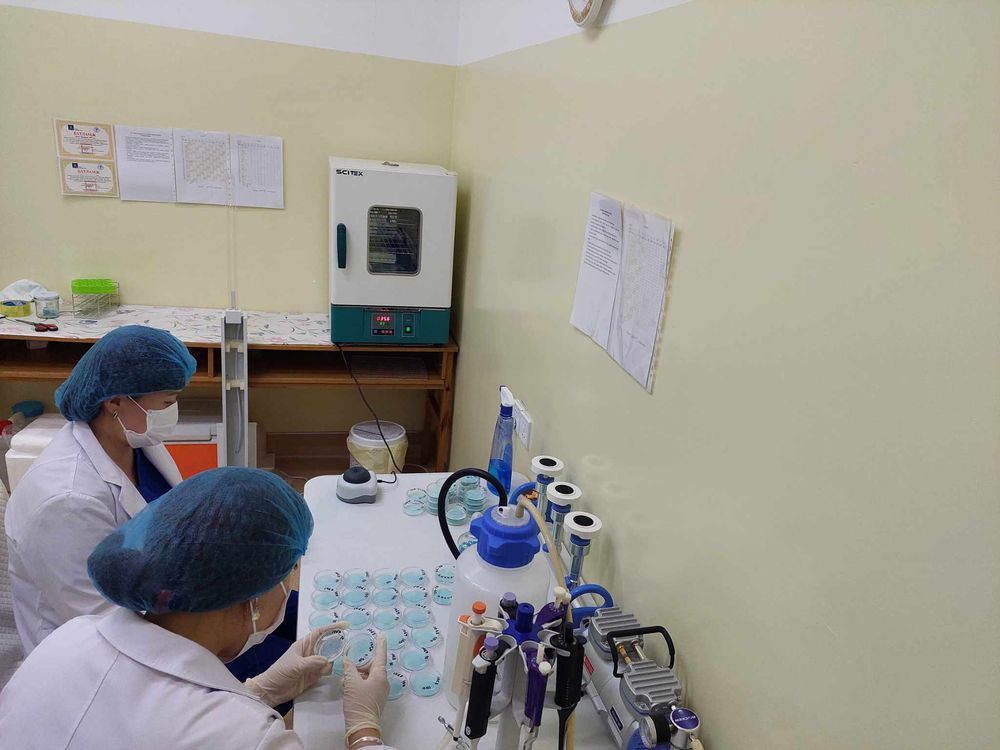The team used the SaniPath tool to characterize the exposure of adults and children to eight different environmental pathways (bathing water, drinking water, surface water, flood water, soil, raw produce, street food, and public toilets) in public areas. This approach involves collecting and processing environmental samples and behavioral exposure data from these pathways.
During this period, visits were made to a total of 500 households, where two types of surveys were administered. In addition to household surveys, meetings were held with approximately 790 citizens, and 40 group surveys were conducted with children. Furthermore, 390 samples were collected across the eight different types from the central areas of these soums for laboratory analysis to detect and count Escherichia coli bacteria.
The SaniPath methodology used in this project is being implemented comprehensively in Mongolia for the first time. The results of this research aim to examine how local residents are exposed to potential health risks due to environmental pollution and their own habits. The findings will be highly valuable for developing recommendations for the local communities.
